14 Megapixel Cameras
The 14.6MP Pentax K20D is the highest resolution sensor available in a prosumer camera today. Certainly there are pro models at $8000 or more than feature even higher resolutions, but the $1299 MSRP K20D is a long way from that price class. When it was introduced in late 2007 the K20D was the first 14MP class camera, and its introduction surprised the photo establishment with a Pentax-designed and Samsung-manufactured CMOS sensor.
Several months later Sony introduced the mid-level A350 with a 14.2MP CCD sensor. The Sony CCD is unusual in that it is the only recent new sensor introduction that is not based on CMOS technology. Again, more megapixels does not necessarily mean the DSLR is targeted at the prosumer user. The K20D certainly aims there, but the A350 is a much more basic camera with a uniquely easy-to-use full-time Live View mode designed to appeal to those moving up from point-and-shoot and those who appreciate ease of operation. There are two models below the A350 - the A300 and A200 - so the A350 is a solid mid-level DSLR much like the Canon XSi.
Both the Pentax K20D and the Sony A350 are 1.5X crop sensor, which with the 50mm lens is equivalent to 75mm in 35mm terms. All images were captured at the same f/4.0 aperture using a tripod in the same location. Focus was manual and the camera program selected the shutter speed. Lighting was a single 100-watt Tungsten bulb high right, and all cameras were set to the Tungsten preset.
The Pentax K20D is the first camera to use the Pentax-designed and Samsung-manufactured 14.6 Megapixel CMOS sensor. As pointed out in Part 1 of The Digital Sensor Sony and Samsung share several patents for CMOS manufacturing which explains why the new Samsung sensor suddenly appeared on the scene. It did not just pop out of nowhere but had been in development for some time.
Some other reviews have found the new Pentax/Samsung sensor to exhibit the highest sensor resolution in its class, but some also complain about Pentax in-camera processing decisions and they advocate shooting this camera RAW. Our personal experience has been that color can be very strange sometimes on this 14.6MP sensor. The DNG option is so very off in color in Photoshop CS3 as to be almost useless at higher ISO speeds. If used with the software tools that come with the K20D or with PEF RAW processing in Photoshop CS3 it is possible to get impressive results. However, this sensor requires more care to extract top performance than the Nikon D300, for example.
If you wondered why Sony put the 14.2 megapixel CCD sensor in the mid-level A350 instead of their top model the samples here should shed some light on the answer. Sony has used heavy sharpening and noise reduction to get the most from this sensor at higher speeds. This suits a consumer-level DSLR just fine and there are no real issues up to about ISO 800. However, the heavy noise reduction used at higher ISO speeds with this new sensor would not likely be as well-received in a prosumer or semi-Pro model. It is still not clear if this beefed up noise reduction is necessary due to the noise generated by the smaller pixels of this 14.2MP CCD sensor or whether the post-processing is more Sony's view of what would appeal to the target market for the A350. More time with this new sensor may answer this question.


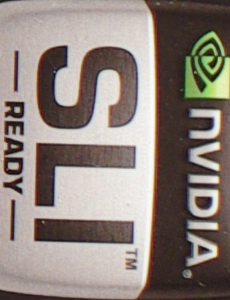
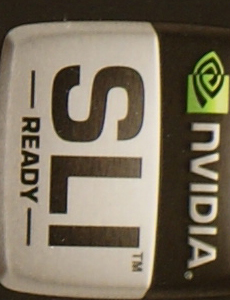
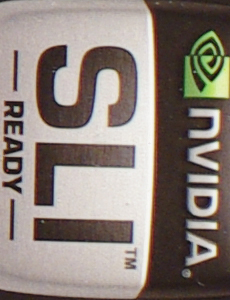
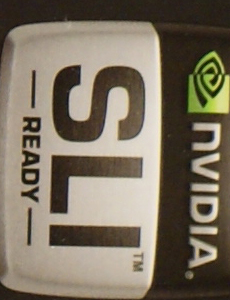
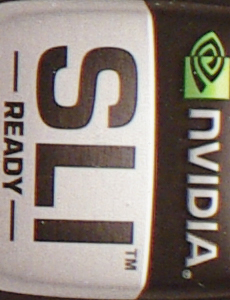
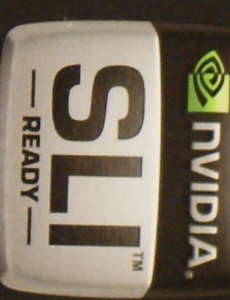
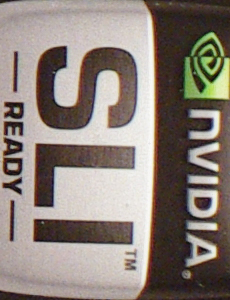
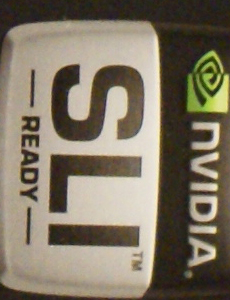
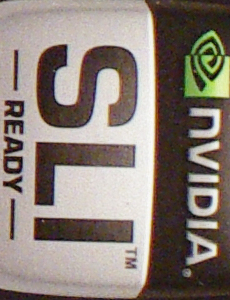
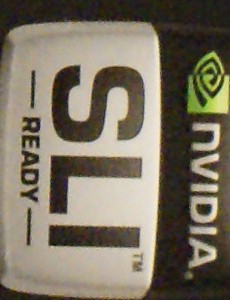
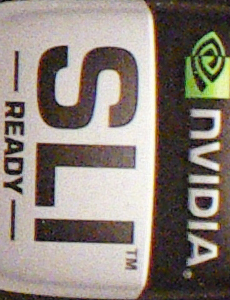
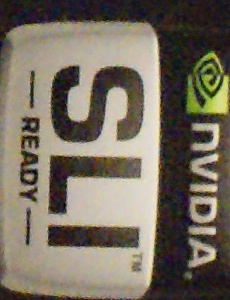
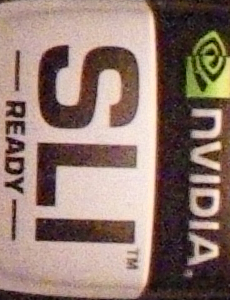








22 Comments
View All Comments
Wesley Fink - Tuesday, May 20, 2008 - link
The third page is there. We have been having server problems today and this article went to post twice when it was scheduled to go live on 5/20. You may have been caught in one of those accidental post cycles. We apologize for the confusion.Bull Dog - Tuesday, May 20, 2008 - link
Yea. Right after I posted the comment I realized that the entire article was gone; so I figured the article must have not have been ready for prime time.Very good read, a little of it is above/beyond me, but a good read none the less. Thanks.